
There are many common causes of foot pain, especially in runners—plantar fascia problems, sesamoiditis (irritation of small bones under the base of the big toe), heel spurs, and Achilles tendinosis among them. Ingrown toenails and bunions may also cause foot pain. Fractures and other traumatic injuries can cause foot pain, too. The exercises described below may help rehabilitate your foot, improve its function, and reduce pain, especially when performed in combination with other therapies provided by your healthcare practitioner.
Barefoot Walking
Your footwear could be contributing to your foot pain. According to Dr. Ray McClanahan, a Portland, OR, sports podiatrist and advocate of foot-healthy minimalist footwear, shoes possess several problematic design features, including heel elevation, tapering toe boxes, toe spring, and rigid, inflexible soles. The combination of these features immobilizes and deforms your feet over time, altering your joint alignment and your lower leg and foot muscles' angle of pull on various foot and toe bones. Spending time out of your shoes, and using a toe spacing product such as Correct Toes, can help return your toes to their normal anatomical position and strengthen your foot muscles. Barefoot walking, or walking in footwear that allows your foot to function as if barefoot inside your shoe, can help rehabilitate your foot and reduce pain. Most people find that it's best to practice barefoot walking on forgiving surfaces (e.g., beach sand) before trying other surfaces.
Toe Extensor Stretch
Running shoes usually possess built-in toe spring, a design feature manufacturers claim improves forward propulsion. Dr. McClanahan suggests that excessive toe spring is a harmful feature—especially in running shoes, and especially in thick-soled footwear—and promotes chronic tightness in the long extensor muscles of your toes (i.e., the muscles that run from your lower leg across your ankle and the top of your foot to your toes). Reduce tightness in your toe extensors by sitting on a chair or stool and placing one leg underneath you, with the tops of your toes curled under and resting on the floor. Gently press your ankle forward and slightly downward to create a light stretch on your toe extensor muscles. You should feel the stretch in the front of your shin, ankle, and on the top of your foot. Hold this stretch for 30 seconds to one minute, then switch to your other foot. To increase efficiency, stretch both feet at the same time.
- Click here for a video demonstrating proper Toe Extensor Stretch technique.
Golf Ball Massage
Consider using a golf ball to massage your foot muscles. Golf ball foot massage is an easy and cost-effective way to reduce pain, particularly pain associated with plantar fasciosis. Gently placing the sole of your foot on a golf ball and rolling your foot forward, backward, and side to side stimulates blood flow to your affected region, and it helps breaks up any scar tissue that may exist in your plantar fascia. Golf ball massage is ideal for office workers experiencing pain on the bottom of the foot. You can use larger, softer balls if your feet are hurting a lot; use smaller, harder balls (e.g., golf ball) to get more focused pressure. Consider kicking off your dress shoes immediately upon arriving at your desk (which will help reduce foot pain in its own right), and begin massaging the bottom of your foot with a golf ball while sitting in your chair. Perform daily for best results.
- Click here for a video demonstrating proper Golf Ball Massage technique (and other ways to keep your feet healthy at work).
“Short Foot”
According to Dr. Craig Liebenson, a Los Angeles-based chiropractor, author, and public speaker, the Short Foot Exercise is a sensory-motor training activity intended to help you increase proprioceptive outflow, which is important for maintaining your balance or rehabilitating your foot following injury. Perform the Short Foot Exercise by standing and placing your feet about shoulder-width apart. Shift your weight slightly to the outer edge of the foot you'd like to work on. Keeping your toes straight and splayed as wide as possible, gradually increase the amount of space under the sole of your foot, especially under your medial longitudinal arch (the arch that runs from your heel to the base of your big toe, on the inside edge of your foot). As you contract the muscles on the bottom of your foot to create your "short foot," resist the temptation to curl your toes. To help you envision the proper execution of this exercise, imagine yourself picking up a ball using only the muscles in the arch area on the bottom of your foot, not your toes. Wearing Correct Toes while performing this exercise can also be helpful.
- Click here for a video demonstrating proper Short Foot Exercise technique.

WANT TO IMPROVE YOUR FOOT HEALTH?
Let the team at Natural Footgear help you! Subscribe to our newsletter for the latest offers and helpful info, and sign up for our FREE email courses on various topics and foot health conditions.
Sign Up →
Want to Improve Your Foot Health?
We are here to help you every step of the way. Get our newsletter for the latest offers and helpful info, and sign up for our FREE email courses on various topics and conditions, including bunions, hammertoes, neuromas, plantar fasciosis, shin splints, ingrown toenails, and more.
Sign Up →
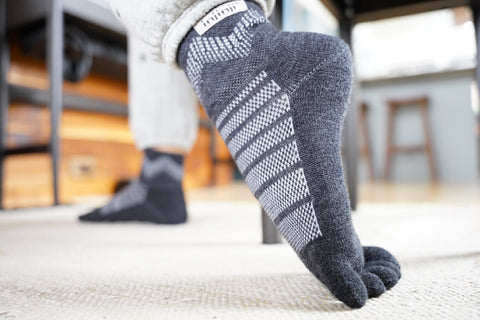 Certain foot exercises, along with appropriate footgear, can help rehabilitate your feet (including your toes) by stretching tight muscles and strengthening weak ones. Helpful foot exercises restore a dynamic balance between your foot and toe flexor and extensor muscle groups as well as integrity to the tissues (i.e., muscles, tendons, fascia, etc.) that act upon or within your feet. In this blog post, we share with you video demonstrations of...
Read more
Certain foot exercises, along with appropriate footgear, can help rehabilitate your feet (including your toes) by stretching tight muscles and strengthening weak ones. Helpful foot exercises restore a dynamic balance between your foot and toe flexor and extensor muscle groups as well as integrity to the tissues (i.e., muscles, tendons, fascia, etc.) that act upon or within your feet. In this blog post, we share with you video demonstrations of...
Read more





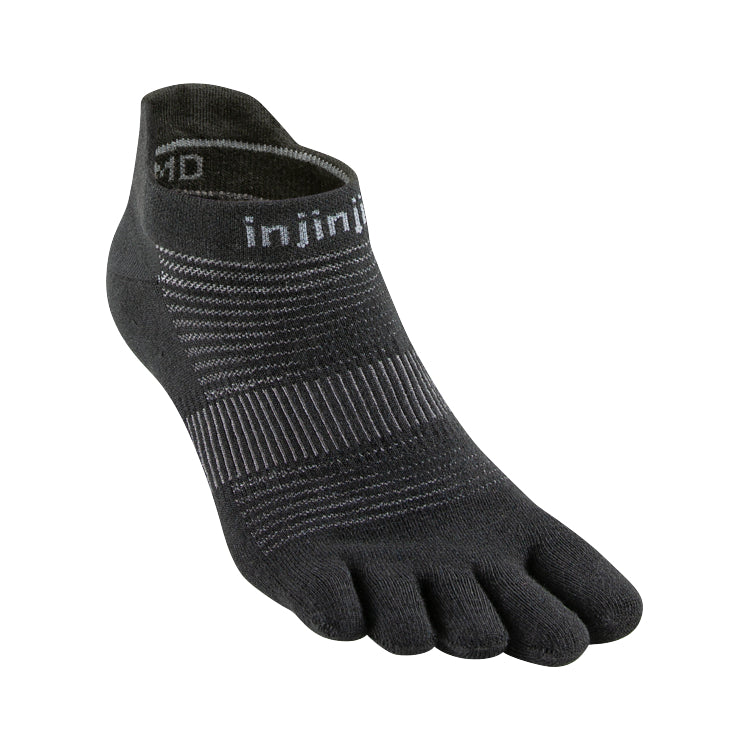
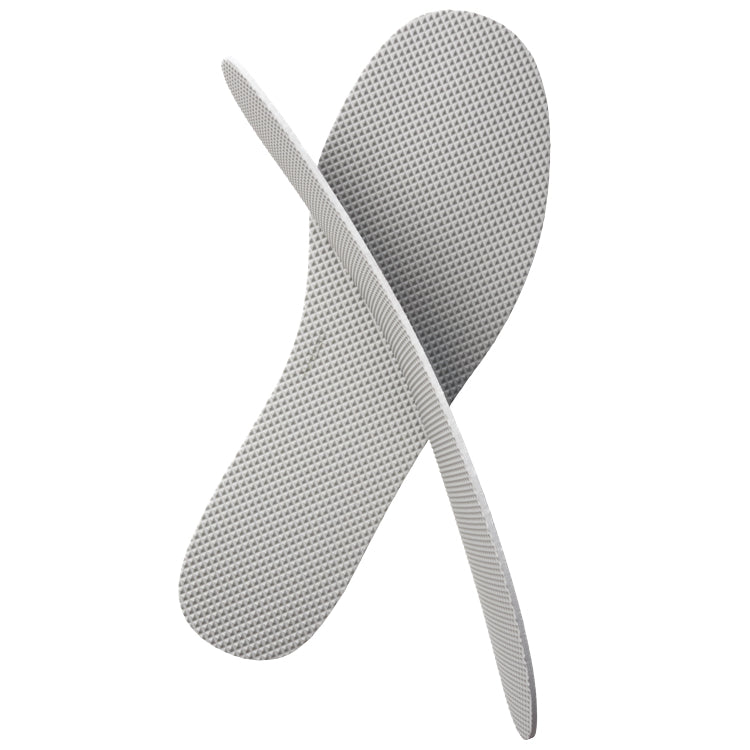

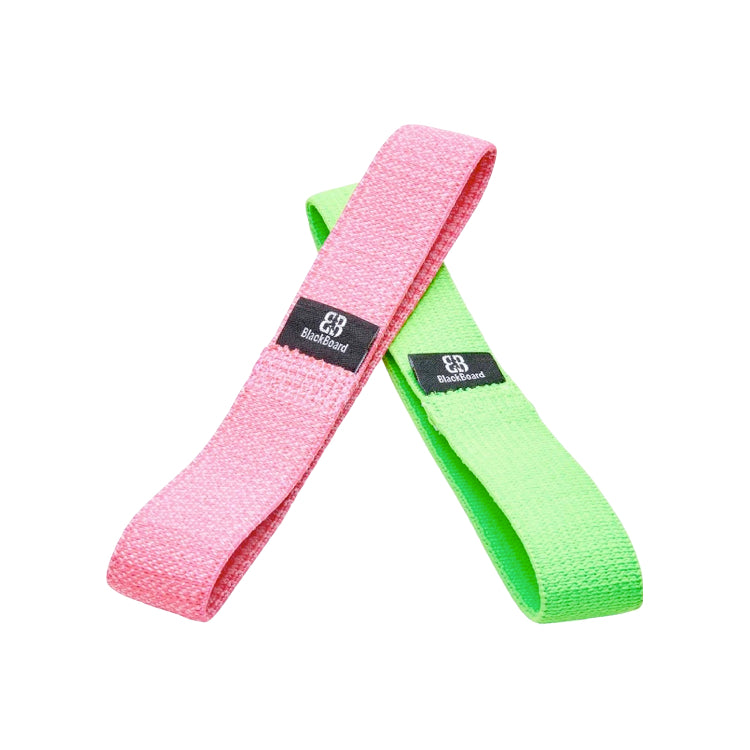
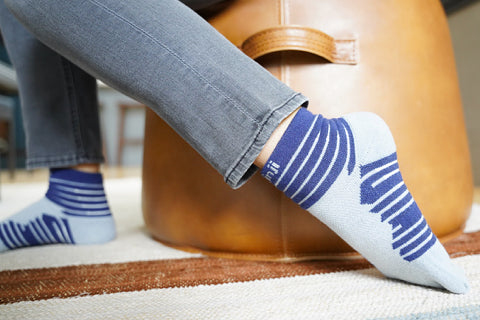


Can a bunion be reduced in size with Correct Toes and by pulling the big toe outward and holding that several times a day?
Hi, Diane,
Thanks for your message. There are many natural methods you can employ to help address bunions, but the two that you mentioned (using Correct Toes and performing the Big Toe Stretch) are among the most effective that we’ve seen. Here’s a video that demonstrates the Big Toe Stretch exercise:
www.naturalfootgear.com/blogs/education/17856416-big-toe-stretch
Correct Toes keeps the toes spaced properly during weight-bearing activities, and when paired with foot-healthy footwear, the device can certainly help in rehabilitating the big toe and eliminating or reducing the bunion. You can find our Correct Toes and women’s foot-healthy footwear offerings here:
www.naturalfootgear.com/collections/correct-toes
www.naturalfootgear.com/collections/womens-shoes
We’d highly recommend watching the following videos, which dive deeper into the various causes of bunions and discuss a variety of bunion reversal strategies:
www.naturalfootgear.com/blogs/education/17856712-bunions-conventional-vs-natural-approaches
www.naturalfootgear.com/blogs/education/bunion-reversal-strategies
I hope this info helps! Please do let us know if you have any further questions.
Kind Regards,
Andrew Potter